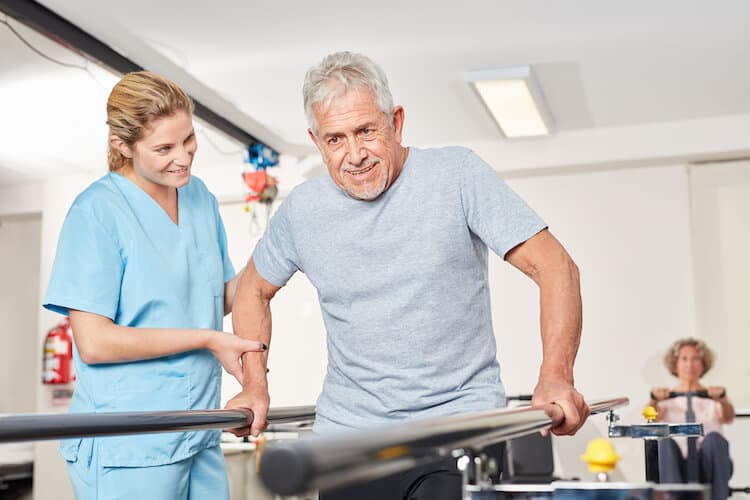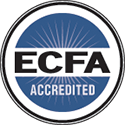Occupational Therapy for Seniors Recovering From a Stroke

After surviving a stroke, the entire rehab team is critical in helping a patient regain his or her independence. Proper care typically allows 10 percent of patients to recover with no impairments and 25 percent can recover with only minor impairments.
Occupational therapy (OT) is an important part of the stroke recovery process. Patients need to relearn their everyday abilities to live as independently as possible. An occupational therapist can improve these daily living activities, which include bathing, dressing, eating, grooming, and even driving. The therapist is most likely the health professional that the patient will see most after a stroke and is a vital part of the rehabilitation team.
Customizable OT for Stroke Recovery
Just as every stroke is different, occupational therapy will be different for each patient and customized to his or her needs. The individualized plan is based on how the stroke has affect the patient’s life, the severity of the stroke, what is meaningful in the patient’s life, and what he or she hopes to improve. While one patient might need to learn strategies for one-handed cooking, another might need coordination exercises in order to use both hands.
A typical OT plan includes some version of arm and hand exercises, use of handwriting aids, work equipment modifications, leisure skill development, manual or electric wheelchair use, and dressing and grooming aids until the patient has a fully functional life.
Where Does OT Happen?
Occupational therapy can even take place in different locations based on the patient’s needs, such as:
- The patient’s own home (which allows the therapist to see what assistive devices are needed).
- At inpatient therapy at the hospital.
- At outpatient therapy at a rehab facility.
Benefits of Therapy
Occupational therapists address challenges brought on by the stroke – this may include cognitive, physical and emotional difficulties. Because of this, OT offers many different benefits to the patients who undergo therapy. Some of these include1:
- Building a patient’s strength, balance and endurance.
- Providing ongoing retraining in self-care skills.
- Evaluating the stroke patient’s home for potential safety hazards.
- Adapting the environment to meet the stroke survivor’s personal needs.
- Training the patient in the use of assistive devices.
- Teaching how to break complex activities into smaller subtasks, making them easier to handle.
- Providing activities that rebuild self-confidence.
- Developing coping strategies to support the patient’s mental health and wellbeing.
- Decreasing the burden on the family caregiver.
- Teaching how to adapt to a new way of movement and a new range of motion.
- Teaching healthy lifestyle habits and routines.
- Developing strategies so a patient can return to his or her favorite activities.
Life After a Stroke
Thanks to occupational therapy, patients who suffered a stroke can still continue a favorite hobby or activity. With time and care, you or your loved one can recover, be more independent, and reclaim life. When looking for a qualified rehabilitation center, Advent Christian Village offers four-star skilled nursing care at its Good Samaritan Center. Contact us to learn more about the compassionate care and occupational therapy provided at our facility.
References:
- The Role of Occupational Therapy in Stroke Recovery. www.asccare.com. (Accessed Nov 19 2018).



